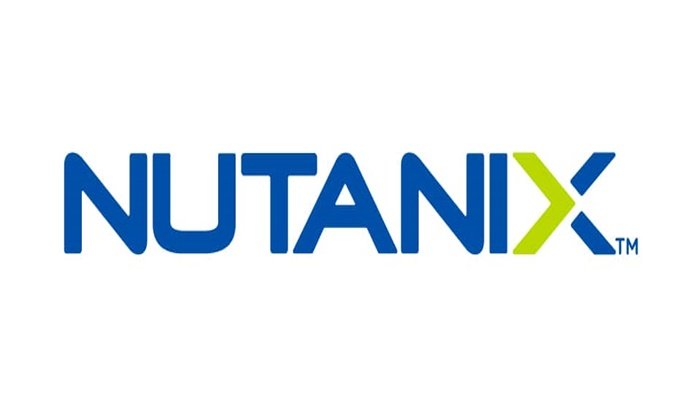The rapid speed of contemporary business combined with the expanding needs of enterprise applications poses a risk to the reliability of legacy IT designs that rely on separate servers, storage networks, and storage.
In its most basic form, Nutanix Hyperconverged Infrastructure delivers cloud model advantages inside your computer room or data center. One hyperconverged infrastructure system can replace several servers, storage networks, and arrays. Below mentioned are the information on Nutanix hyper-converged:
Hyperconverged infrastructure:
To reduce complexity and replace the individual servers, storage systems, and storage area networks prevalent in traditional data center architectures, Nutanix HCI converges the data center stack, comprising computing, storage, storage networking, and virtualization.
In a Nutanix cluster, nodes are combined to form clusters, and each node has computing, memory, and storage capabilities. For performance, scalability, and resilience, the Nutanix Acropolis Operating System (AOS) software, which is installed on each node, distributes operating functions among all the cluster nodes and pools storage among nodes.
Key benefits of Nutanix hyper-converged
Turnkey Infrastructure Complete server, storage, networking, and virtualization resources combined with the ability to handle systems and operations from start to finish.
-
Rapid implementation
Quickly deploy infrastructure to let IT teams concentrate more on the services and apps that drive the company.
-
Program-driven
Encompasses three of the top four server platforms worldwide among its many supported hardware platforms.
-
Strong platform
Every hyper-converged server or node is outfitted with Nutanix software and Intel-powered x86 hardware, including flash-based SSDs and conventional HDDs.
-
Better results and sturdiness
Every node in the cluster has Nutanix hyper-converged software running on it, which distributes all operating functions.
-
Exceptional Adaptability
With an infinite number of nodes in a single cluster, each type of node has varying quantities of memory, CPU, and storage capacity, allowing you to perform multiple workloads as efficiently as possible.
How does hyperconvergence work?
The entire data center stack, comprised of virtualization, computing, storage, and storage networking, converges with HCI. To address typical issues with legacy infrastructure, it explicitly mixes commodity data center server hardware with locally attached storage devices.
A distributed software layer powers it. A distributed platform operating on industry-standard commodity servers replaces complex and costly legacy infrastructure, allowing businesses to size their workloads and grow them precisely as needed.
Every server, sometimes called a node, has x86 CPUs with SSDs and HDDs. Software on each node distributes all operating functions throughout the cluster for optimal performance and robustness.
Hardware platform configurations are available with or without GPU for graphics acceleration and may be tailored to match any workload by separately scaling the different resources. Flash is incorporated into every node to maximize storage performance. All-flash nodes can provide the highest I/O throughput with the lowest latency for any enterprise application.
Final thoughts:
Nutanix’s hyper-converged infrastructure simplifies data center operations. It unifies networking, computation, and storage into a single platform. This solution is effective for contemporary IT setups because it increases scalability, boosts performance, and lowers expenses. Businesses choose it because of its many features and simplicity of use.

